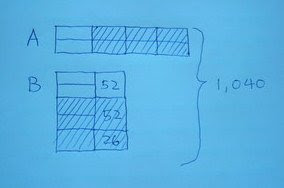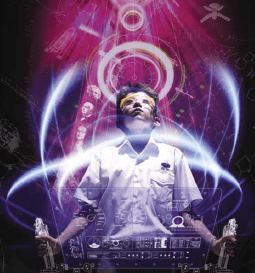D.C.’s Bruce-Monroe school faces challenges as it tries Singapore math method
The Washington Post 6/6/2011
If you’ve been wondering what the difficulties are when implementing Singapore math, look no further. This school in D.C. has them all; school closures, lack of enough professional development, mobile student and teacher population, and it’s a dual-language school. Standardized test scores dropped significantly after the change to Singapore math.
The story evoked responses from many in education. Joane Jacobs mused:
The fact that it ( Singapore Math) requires elementary teachers to understand math well has to be a serious obstacle.
In a letter to the editor dated June 14, 2011, Dr. Alan Ginsburg suggested that the problem at Bruce-Monroe may be bigger than just the Singapore math adoption. He pointed out that the school’s reading scores
declined by 15 percentage points in a single year, and Hispanic students’ scores declined by 21 percentage points.
Bill Jackson, in another great Daily Riff article (Going Beyond Singapore Math: Resisting Quick Fixes), ennumerates the complex issues behind plunking a program like Singapore math into the American classroom.
While most educators familiar with Singapore math agree that it is not the oft-quoted “silver bullet”, Jackson reminds us that:
if we keep throwing out promising ideas just because they don’t immediately improve scores on tests whose quality is questionable at best we’re doomed to repeating the haphazard and fragmented reform efforts that got us here in the first place.
He closes with a word to schools that are currently using Singapore math:
I would like to say that you are definitely moving in the right direction. There will be challenges along the way but they are the same ones you would face with any math program and they can be overcome if you understand the bigger issues behind effective math teaching and learning.
Faced with so many challenges, it’s impressive that Bruce Monroe’s instructional coach, Nuhad Jamal remains upbeat about the school’s Singapore math adoption.




















